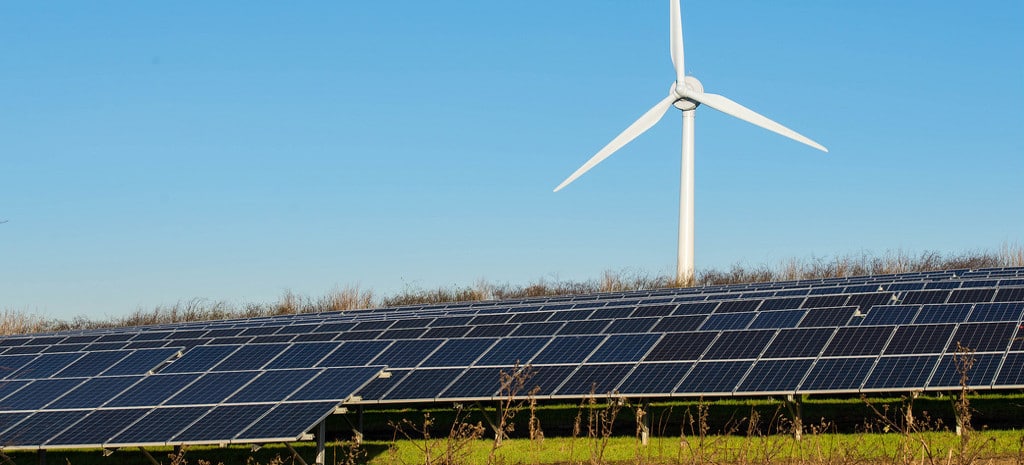The U.S. Department of Energy’s National Renewable Energy Laboratories (NREL) has been at the forefront of renewable energy research for decades, studying everything from silicon wafer surface treatments to integrations of high levels of wind and solar on the grid.
This latter subject is an area where NREL has excelled, producing the groundbreaking Western Wind and Solar Integration Study in 2010, and following it with a series of reports of integration of wind and solar on grids in the western and eastern United States.
On Wednesday, NREL published the results of its latest studies of renewable integration on eastern grids, which for the first time looked at the potential for solar PV to meet up to 5% of regional demand, along with wind meeting another 25% – as opposed to previous studies of the eastern grid which looked at high penetrations of wind alone.
Eastern Renewable Generation Integration Study (ERGIS) was also aided by new computing technology. The Peregrine Supercomputer allowed NREL to model high penetrations of wind and solar in 5-minute intervals across the Eastern Interconnection, which extends from Florida west to the Texas-New Mexico border, and north to include Eastern and Central Canada.
In modeling a scenario where wind met 25% and solar met 5% of annual power demand in a hypothetical year 2026, NREL found a maximum annual curtailment of only 6.2%, with wind and solar peaking at 60% of system-wide demand over a five-minute interval. This is a similar peak ratio of wind and solar output to total demand as has been found on the German grid over the past few years.
In 2015 wind supplied less than 5% of U.S. power and solar PV only around 1%. And while 25% and 5% would represent a major expansion of wind and solar output in eastern states, to expect such levels by 2026 may be conservative, as wind and solar currently comprise the majority of new capacity coming online in the United States.
Unsurprisingly, the report found a reduction of coal and gas generation up to 30% in the high wind and solar scenario, along with CO2 reductions up to 33%. These sources were required to ramp up and down generation much more rapidly under these scenarios, and ran less of the time.
Additionally, during times of high wind and solar output, flows of power changed more rapidly and more frequently across the Eastern gird. The study looked at different scenarios of expanded transmission to handle these flows, with the most aggressive scenario featuring six new, large high-voltage DC lines.
The study included a number of assumptions, such as no change in the thermal generating fleet, meaning that it still included a relatively high portion of nuclear power, which is unlikely in coming years as nuclear plants are rapidly being retired in the United States, with few new ones scheduled to come online.
It is important to note that the study did not indicate any ceiling at 25% wind or 5% solar, as this is only the highest penetration studied. NREL also did not look at widespread integration of either energy storage or implementation of demand response programs, both of which are increasingly seen as key to integrating very high levels of renewable energy. This makes ERGIS a rather conservative study of future power grids.
However, NREL did find that “regulatory changes, market design innovation and flexible operating procedures” were necessary for these higher penetrations, although the full implications of such changes were outside the scope of the study.
This content is protected by copyright and may not be reused. If you want to cooperate with us and would like to reuse some of our content, please contact: editors@pv-magazine.com.









By submitting this form you agree to pv magazine using your data for the purposes of publishing your comment.
Your personal data will only be disclosed or otherwise transmitted to third parties for the purposes of spam filtering or if this is necessary for technical maintenance of the website. Any other transfer to third parties will not take place unless this is justified on the basis of applicable data protection regulations or if pv magazine is legally obliged to do so.
You may revoke this consent at any time with effect for the future, in which case your personal data will be deleted immediately. Otherwise, your data will be deleted if pv magazine has processed your request or the purpose of data storage is fulfilled.
Further information on data privacy can be found in our Data Protection Policy.